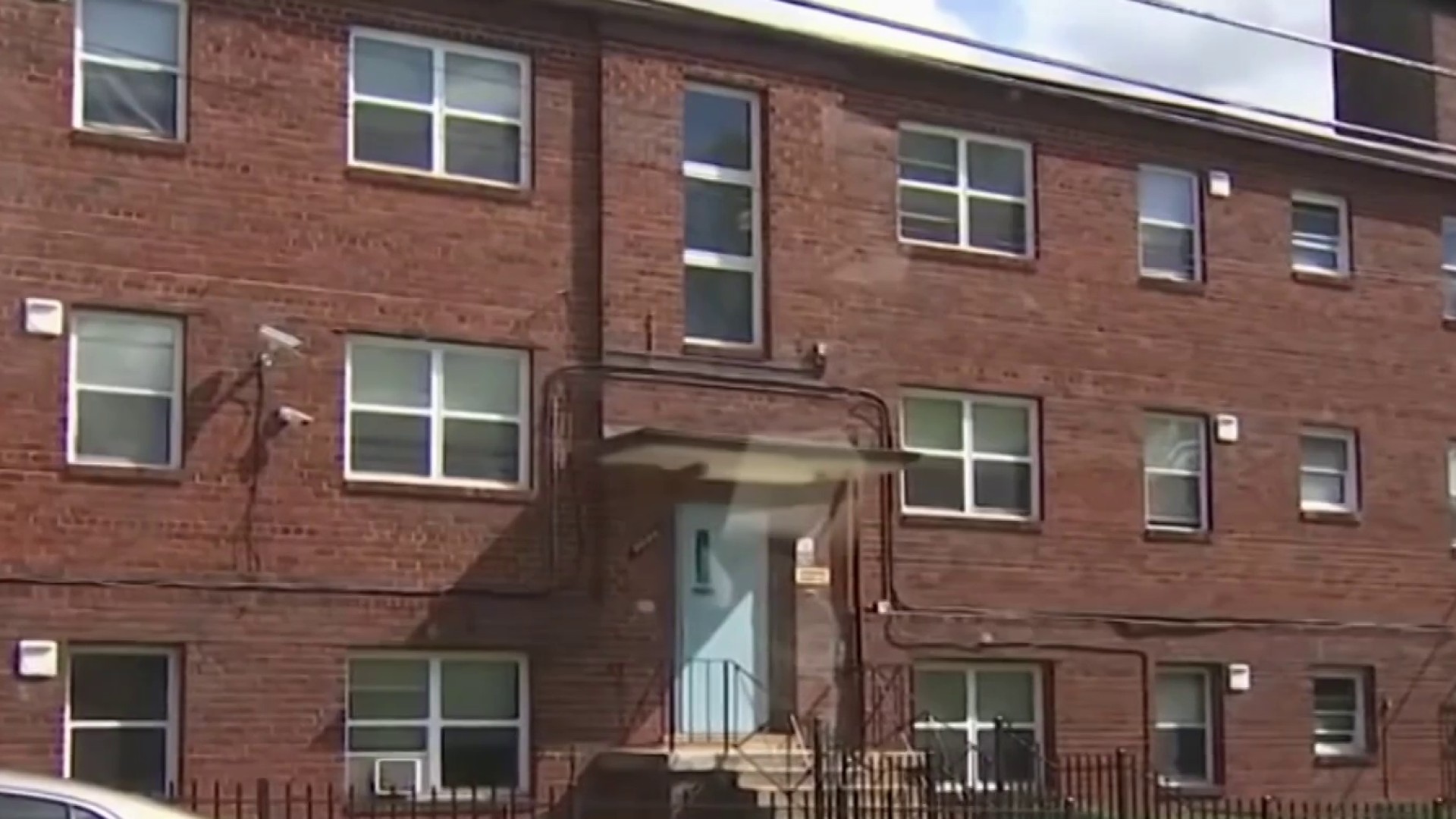Table Of Content

If you or your loved one feels the need to continue living in a sober community environment after your stay at a halfway home, look into sober living houses. If the resident lives at a halfway house, the time is capped at one year. If they are in a sober living home, the time they remain is up to their choosing. Talk with your care team to determine what length of time works best for you.
Overcoming Challenges in Halfway Houses
This is a great asset to those struggling with their own personal battles. Our quarterly newsletter reminds you that others have gone down this path and can provide valuable support. No matter where on your journey – considering sobriety, living sober for years or months already – our newsletter is here as a guide with helpful resources, events, and more. The amount of time you’ll stay at a halfway house varies, but most stays are between three to twelve months.
What Types of Services are Typically Offered at a Halfway House?
In contrast to rehabilitation facilities, halfway houses offer residents structure and support but do not provide ongoing substance abuse treatment. Instead, these facilities refer residents to contracted treatment providers. A halfway house is a transitional living facility for individuals in the early stages of recovery from substance abuse. It offers a safe and supportive place where they can continue their recovery from addiction to drugs or alcohol after leaving inpatient treatment programs, federal prison, or the streets as a homeless person. In some cases, the court mandates an individual to stay in a halfway house. A sober living facility is usually affiliated with a specific addiction treatment center.
How Much Does Halfway Housing Cost?
The rules of halfway houses ensure that the atmosphere is conducive to recovery. There are rules about how to speak and behave, who can visit and when, and other guidelines that create a recovery-oriented environment. The lack of state oversight of a halfway house has become an issue in recent years. This has resulted in several escapes in addition to other common problems, such as drug use, gang activity, and violence. In a halfway house in New Jersey, around 5,100 convicts have escaped the state’s privately operated facility since 2005.
Who Can Live There?
A sober house will usually have a zero-tolerance policy for drug and alcohol use or possession, as well as regular drug testing. Options for therapy are often offered, whether within the house or through outside channels. Other conveniences may be included, such as transportation to places like support group meetings, the grocery store, or medical appointments. A sober house is a privately owned residence or group of homes that are operated for profit, and people who reside in them go there voluntarily.
Every year, tens of thousands spend time in halfway houses
Residents of halfway houses will have gone through detox or an outpatient or inpatient recovery treatment. However, they may still participate in additional treatment services like therapy, support group meetings, or programs that help them acquire the skills they’ll need when they leave. When people with addiction complete their rehab, they may not be prepared to transition into regular society after years of drug abuse and addiction. The distractions and triggers of everyday living could be overwhelming and potentially lead to relapse. Halfway houses provide an excellent option for those who have committed to sobriety but do not think they’re ready for life at home. CCFA explores the purpose and benefits of halfway homes and how they help people recovering from addiction reintegrate into society.
Recovery Residences After Treatment
Halfway houses require commitment from those staying there and their family members, who are integral to these recovery programs. This structured environment is built on mutual respect and self-discipline – keys to success in early recovery. Violating the halfway house placement rules may lead to penalties such as fines or eviction from the facility. Halfway house visiting rules, for instance, require visitors to be pre-approved by staff members who always maintain security. Halfway houses have strict rules, such as requirements that residents abide by curfew hours, participate in counseling sessions, and stay sober. These guidelines foster an environment of responsibility and accountability.
What Happens After You Leave a Sober Living Facility?
'Halfway house' draws protests from Ontario neighbors - FOX 11 Los Angeles
'Halfway house' draws protests from Ontario neighbors.
Posted: Thu, 04 Jan 2024 08:00:00 GMT [source]
If a resident violates the rules of a halfway house, consequences may range from a warning to eviction from the facility. The specific consequences may depend on the severity of the violation, as well as facility policy. In some cases, residents may be given the opportunity to address and amend issues before more serious consequences are imposed. Before selecting one, determine whether or not the facility meets your unique needs.
Drug & Substance Abuse FAQs
Inmate escapes from Barrio Logan halfway house - NBC San Diego
Inmate escapes from Barrio Logan halfway house.
Posted: Sat, 16 Mar 2024 07:00:00 GMT [source]
Licensing requirements for a halfway house may include safety regulations, staffing requirements, and standards for care and treatment. If you’re considering your options after the completion of a treatment program, contact a treatment provider today and continue your journey to a sober life. Join our newsletter to be part of a community of people with shared experiences.
The term “halfway house” is a bit of a misnomer, but it is still widely used. Your rehab specialists will probably recommend you go into a halfway house after leaving treatment. But don’t just pick the first one they recommend; you are responsible for your own recovery, which includes being an active part of choosing the right halfway house. Look for a facility that offers structure and support both inside and outside the house, with rules that set boundaries you can live with and offer accountability when you break them. A lot of people wonder if the two things are the same and, if not, what the differences might be.
There are various options to consider when looking for a drug-free living environment. However, there are significant differences between halfway houses, sober homes, and rehab centers. Detox occurs in addiction treatment before being ready for any transitional housing.
Thus, the visitor’s late arrival will likely affect the residents emotionally and impede their recovery. That being said, visitors are allowed in halfway houses at scheduled times. It is important to note that each halfway house will have its own set of regulations that visitors must abide by. Visiting regulations at halfway houses are primarily put in place for safety purposes.
We take our music-focused treatment for addiction very seriously, so we are going to hold our content to the same precision standards. Recovery Unplugged’s editorial process involves our editing safeguard and our ideals. Sober-living homes are usually privately owned and expect residents to pay for rent and utilities just like everywhere else.
Minors are permitted to visit the halfway house as long as they are accompanied by an adult (either a parent or a guardian). In this article, we’ll go through the different halfway house rules and regulations. Besides this personal struggle, there’s also learning how to live alongside other recovering addicts within strict rules and structure – no easy feat.













